How to make the summer’s coolest iced coffee alternative: cold-brewed cacao
This post has been corrected.
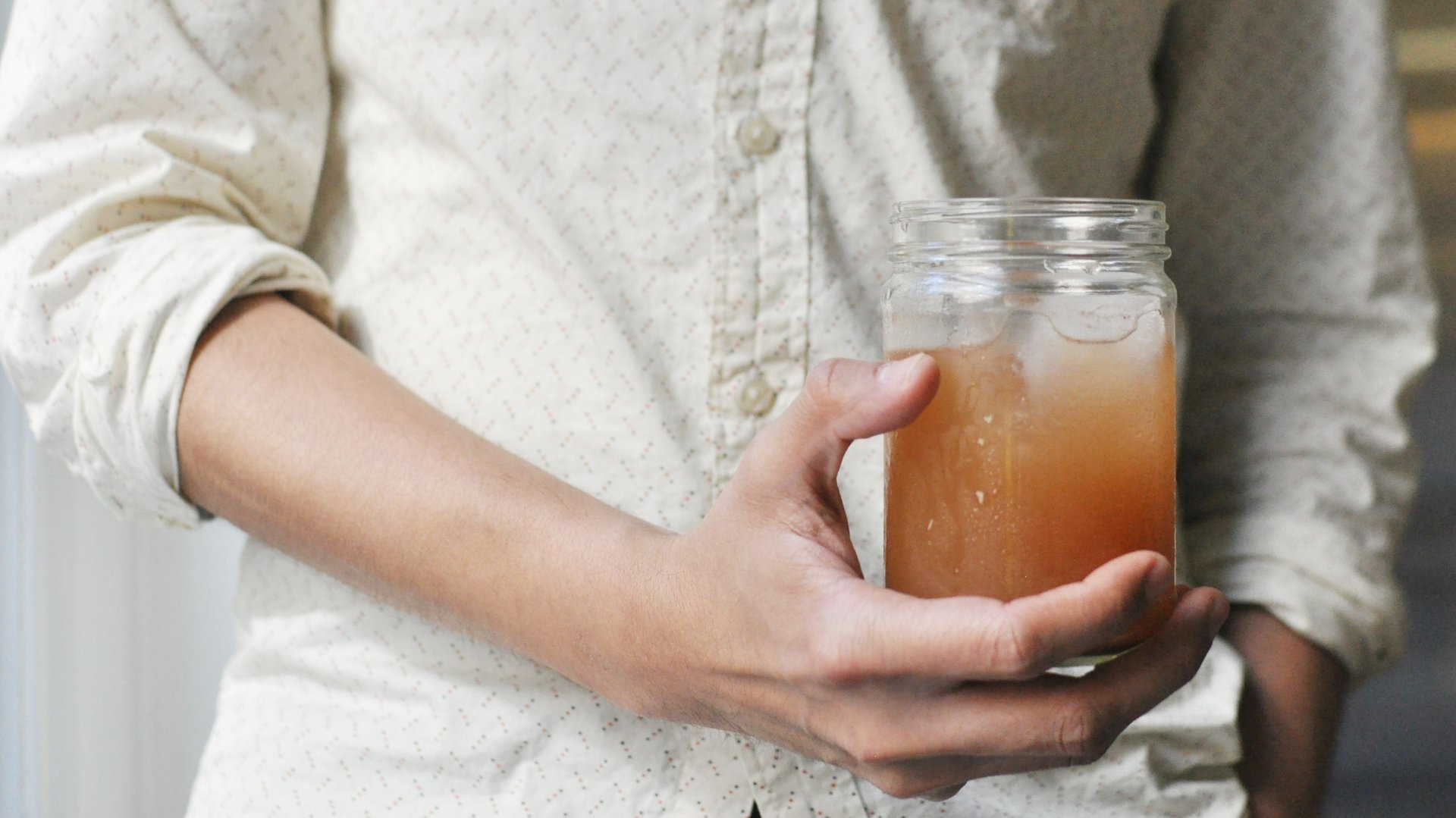

This post has been corrected.
In 1753 the Swedish botanist Carl Linnaeus, considered by many to be the father of biological taxonomy, officially identified a tree as the food of the gods: theobroma cacao. The tree’s fruit, which grows in the shade of tropical rainforests, is known simply as cacao: a football-shaped pod that changes from green to yellow to red as it ripens. Inside a cacao is a good deal of white goop, and inside that goop are the fatty, almond-sized seeds (commonly called beans) that chocolate is made from.

“Xocoatl,” the word we get chocolate from, comes from a bitter Aztec cacao drink—probably similar to the drinking chocolate that (legend says) King Montezuma shared with the Spanish explorer Hernando Cortes in the 16th century. By the 1700s, a sweetened version of the drink swept Spain—and the rest of the world soon after, with the help of companies such as Cadbury, Nestle, and Hershey’s.
Which brings us to the chocolate drinks we know today: usually sweet, milky beverages laden with sugar and lactose—and lacking in the complex flavors that chocolate fanatics crave. (At the other end of the spectrum are the heavy, hot, melted chocolate drinks served at establishments such as New York’s City Bakery.)
But there’s a new way to drink chocolate, one that provides all its mood-boosting, sensual, craving-satisfying, buzzy benefits, with none of the sugar: cold-brewing.
Chocolate, clarified
If you’re an avid summertime coffee-drinker (or have ever made sun-tea) you’re probably already familiar with cold-brewing, which involves letting grounds steep in water at room temperature overnight to make iced coffee. It’s a method that substitutes time for temperature—a literally chilled-out process, which is reflected in its smooth, low-acid results.
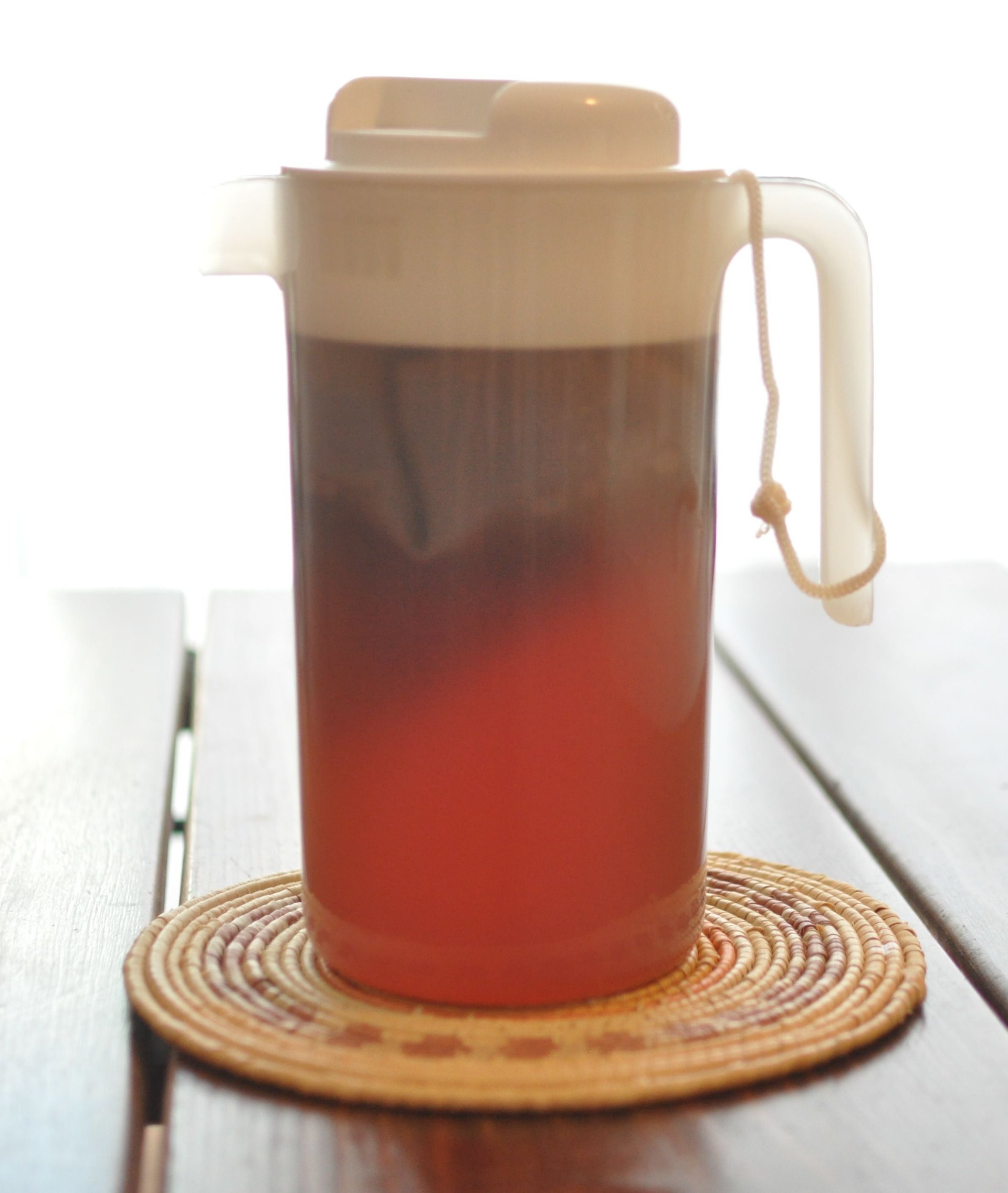
Try cold-brewing cacao beans and you’ll get nothing short of magic. Like a cold-brewed coffee, it’s sunny, bright, and fruit-forward—but breathe in and it boasts an aroma that dances between browned butter, toasted nuts, and chocolate-coated espresso beans. This elixir has all the magic of chocolate, clarified for summer.
Cacao has far less caffeine than coffee, but contains a different stimulant: theobromine. Like caffeine, theobromine affects the heart rate, but unlike caffeine—and actually, like Viagra—along with other components in cacao, it has been shown to dilate blood vessels, allowing more blood flow. Studies show that theobromine does not affect one’s mood or focus the way caffeine does, but I’ve consistently experienced a steady, crash-free buzz from consuming cold-brew cacao. (Similarly, science says chocolate isn’t the aphrodisiac it’s cracked up to be, but centuries of chocolate-lovers would strongly disagree.)
You can already order a cold-brew cacao from the tap at Mast Brothers Chocolate Brew Bar in Williamsburg, Brooklyn and a cold-brewed cacao and coffee drink at San Francisco’s Dandelion Chocolate. Noah Belanich, one of the co-founders of Joyride Coffee, said he expects his company to have one on the menu next summer, as part of its service providing cold-brew kegs to offices in New York and San Francisco.
Or, you can make yourself a cold-brew cacao at home right now.
Do try this at home
After a delicious, cacao-buzzed weekend of experimenting, followed by several days of refining and testing on myself, friends, and co-workers, I devised recipes for pure cold-brew cacao, a coffee-and-cacao combination, the most sophisticated chocolate milk I’ve ever sipped, and a silky, citrusy cacao Manhattan that blew them all away.
As Maverick Watson, who developed Dandelion’s recipe for “Ecuadorian iced coffee,” a cold-brewed combo of Dandelion’s own Ecuadorian cacao beans and Four Barrel espresso coffee, advises—and I can attest—you ought to have some fun trying this at home.
“Just messing around will probably lead to something tasty,” he says.
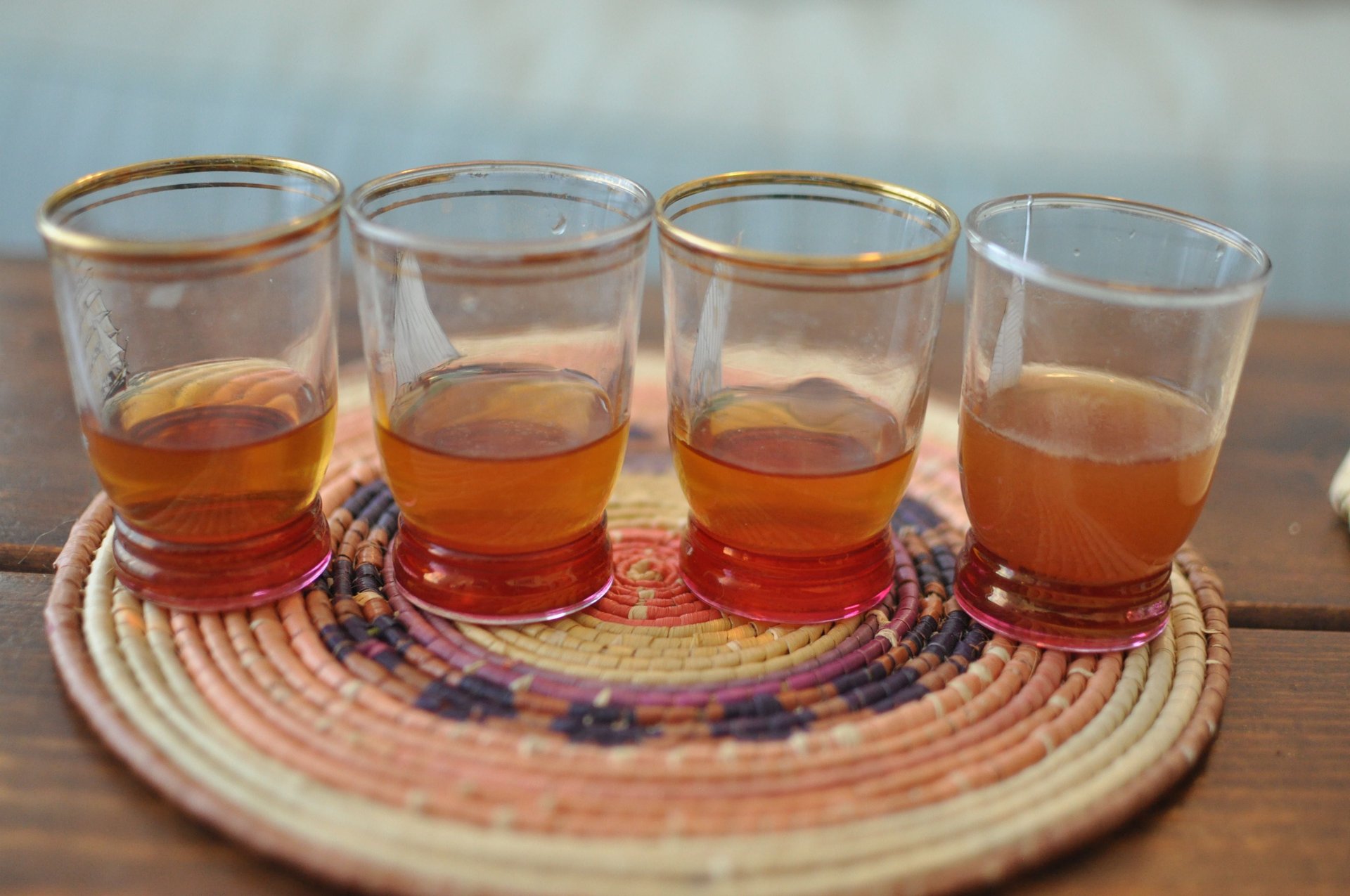
In terms of equipment, this method requires only a pitcher and a fabric nut-milk bag, but you could certainly do it with a Chemex filter coffee pot, a Toddy system, or a $250 Kyoto-style dripper, as Cory Doctorow did for his cold-brewing cacao experiments.
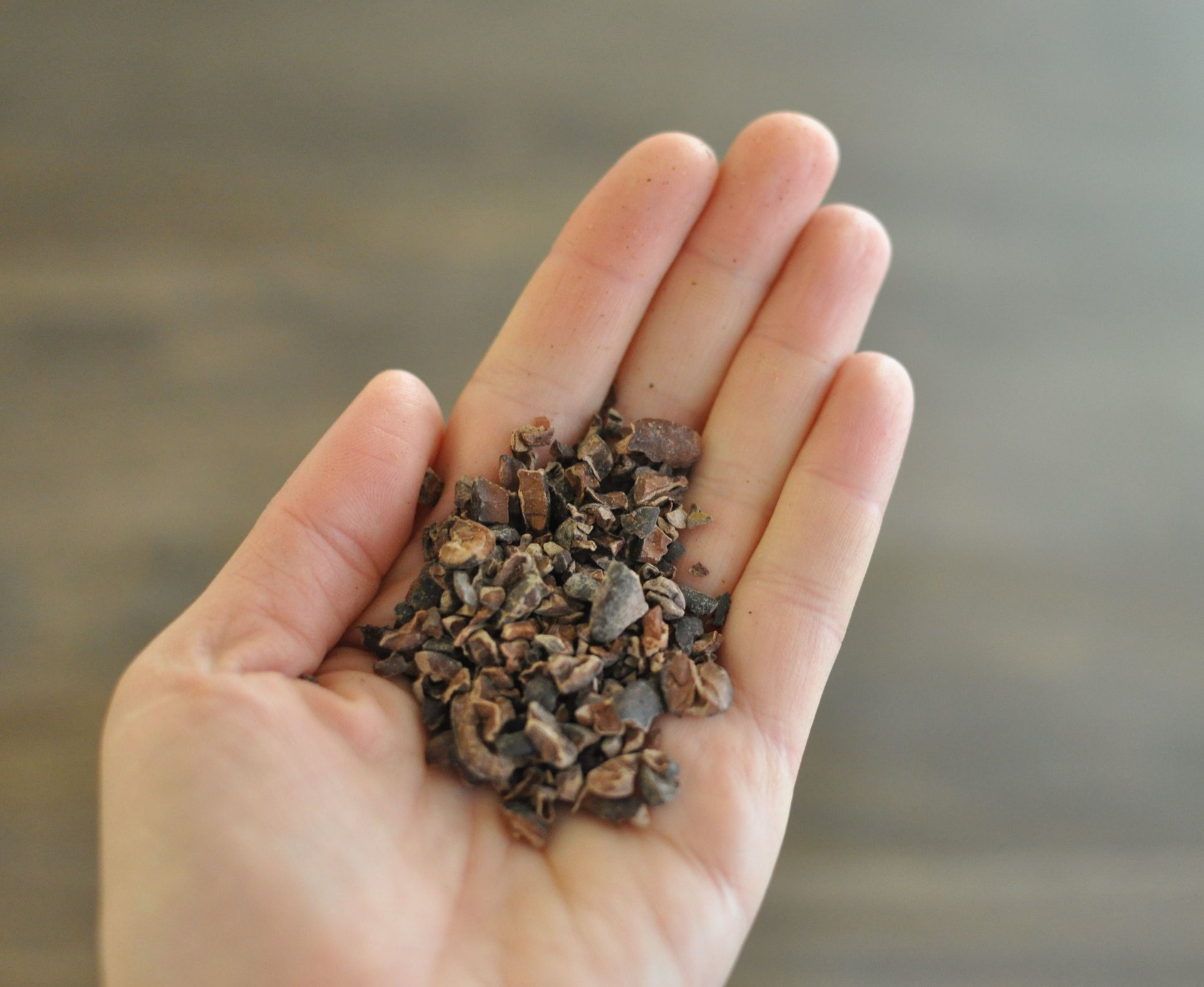
The essential ingredient in this recipe is cacao nibs, the inner parts of roasted cacao beans, broken into little pieces. It’s tempting to get whole beans from a delicious roaster like Dandelion, but often, beans come with their thin husks still on. Hand-shelling even six ounces of cacao beans can take a while—and it’d be hard not to eat them all in the process—so for ease, I’d stick to nibs. (I also tried this recipe with a bag of sun-dried, unroasted, shelled whole cacao beans, and the results were bitter and funky—not in a good way. As with coffee beans, the quality of the cacao beans makes an enormous difference.)
I used Theo nibs for the following recipes.
***
Cold-brew cacao
6 ounces (170 grams, or about 1 1/2 cups) of roasted cacao nibs
½ gallon of cold water
- Grind your nibs using a spice grinder or a mortar and pestle to a texture that’s fine but not powdery. (Don’t put cacao beans in your expensive burr coffee grinder; the fat will gum it up.)
- Line the pitcher with a nut-milk bag and dump the cacao grounds inside.
- Fill the bag-lined pitcher with cold water, and stir to make sure to get all the grounds wet.
- Cinch the bag, cover the pitcher, and leave it at room temperature for about 16 hours. If your home is very hot, put it in the refrigerator, but add a few hours to your brew time. (It will grow increasingly cloudy and robust in flavor as it brews.)
- Remove the nut-milk bag and squeeze all the liquid into your pitcher. (Use the grounds for mulch if you have a garden!)
- Stir before serving, as cacao particles will settle toward the bottom.
- Enjoy over ice, straight or with your favorite kind of milk.
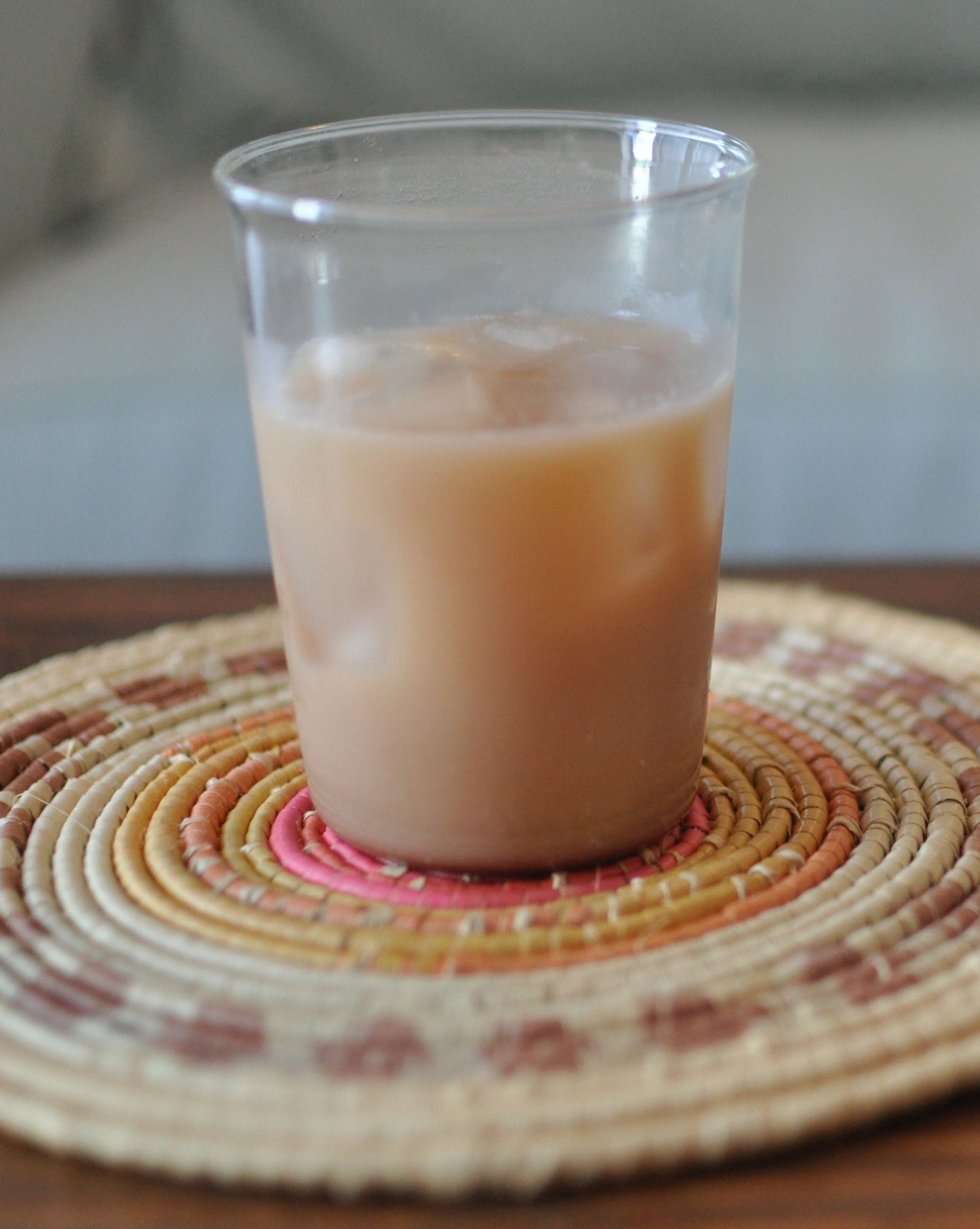
Sophisticated, non-sweet chocolate milk
Simply substitute your favorite kind of milk (or non-dairy version) for water in the cold-brew cacao recipe above. Cold-brew it in the refrigerator.
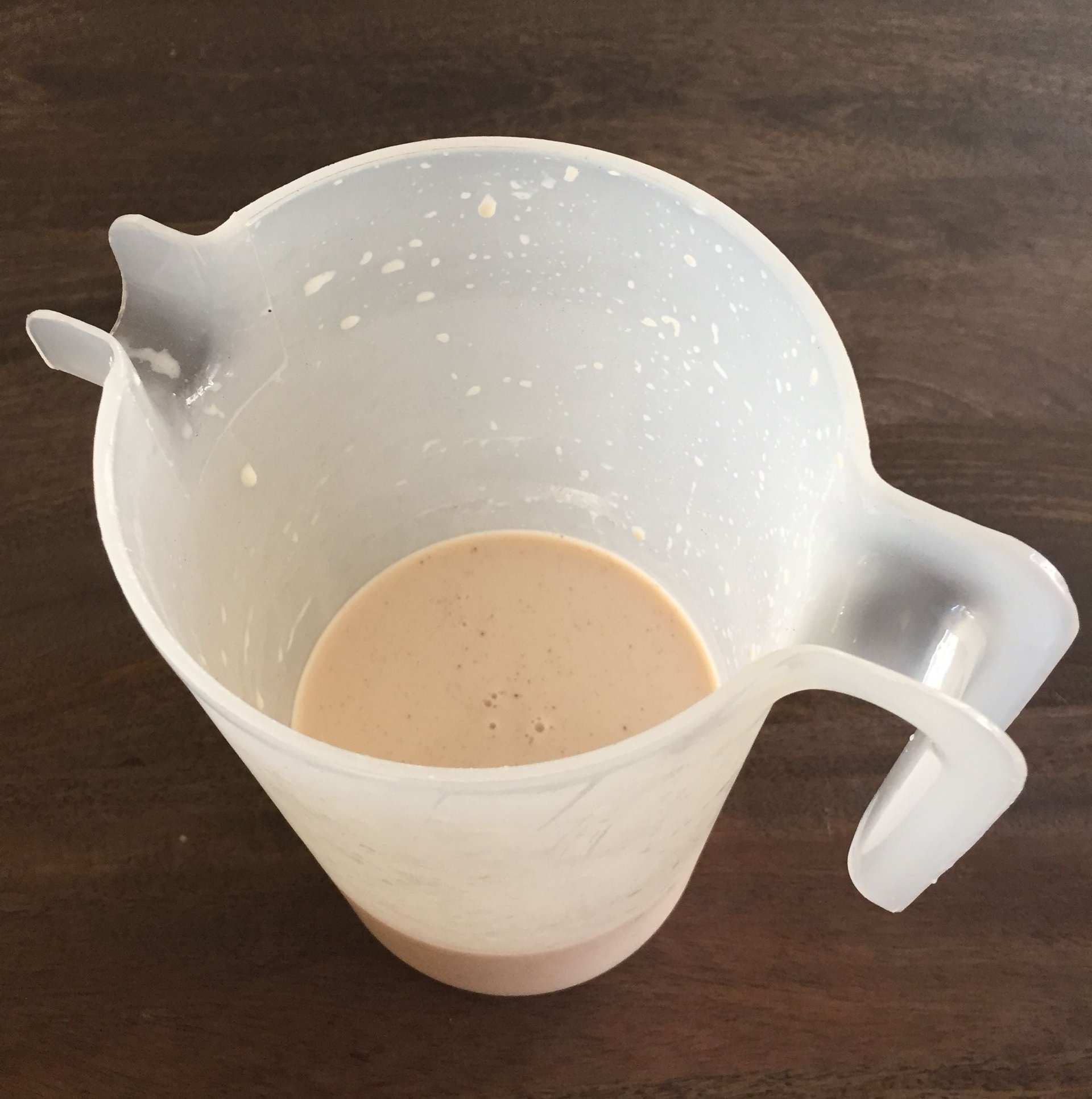
Cold-brew cacao mocha
3 ounces (85 grams) cacao nibs
3 ounces lightly-roasted coffee beans, such as Four Barrel Coffee’s Indonesia Java Leutic
Follow the instructions for the cold-brew cacao, treating the coffee beans the same as you do the cacao. The above proportions were my favorite, but of course you should adjust to your taste.
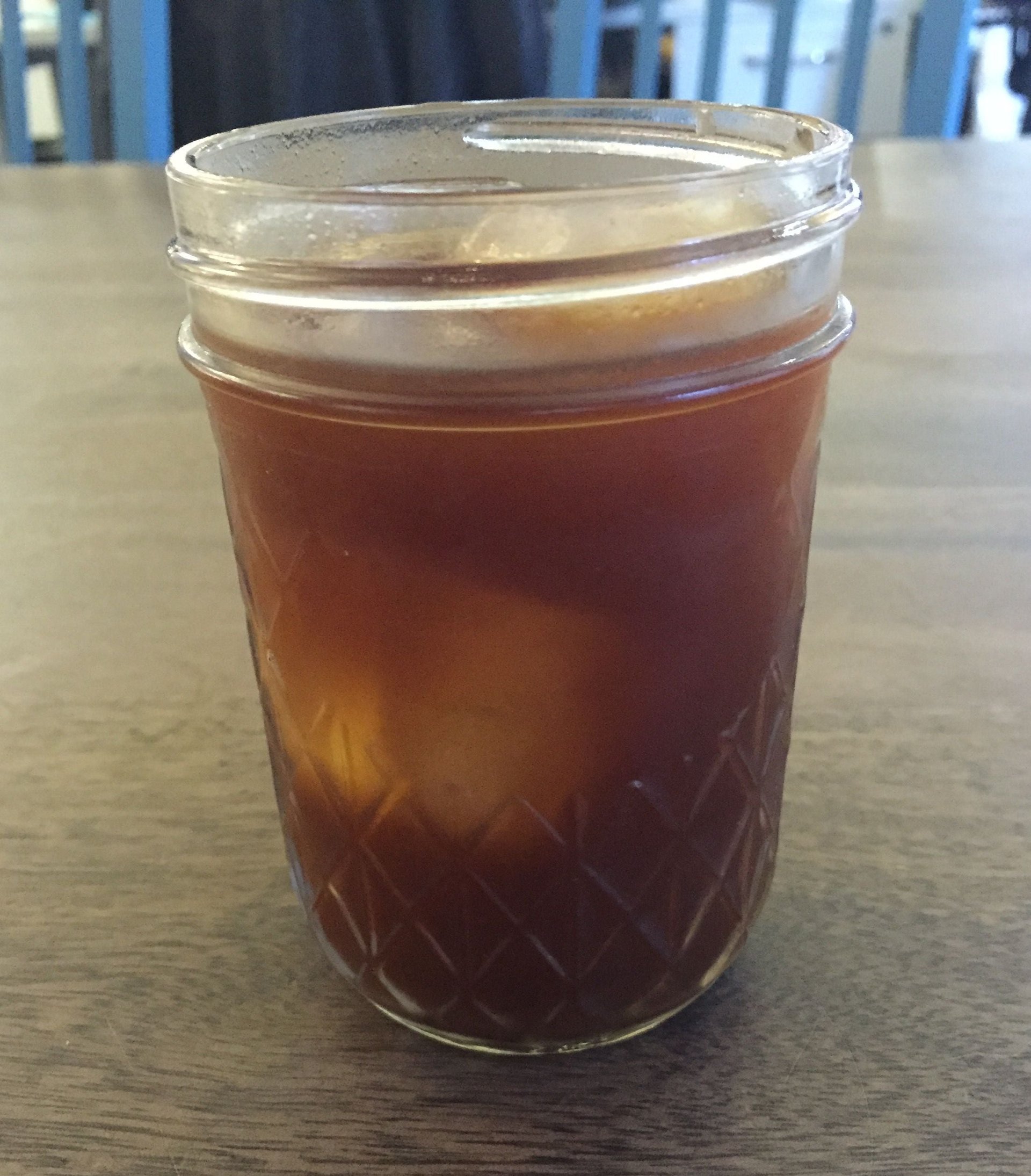
The cacao Manhattan
2 parts cold-brew cacao (see above)
2 parts Old Overholt rye whiskey
1 part Carpano Antica sweet vermouth
1 dash Citrus Hella Bitters (Alternatively, you could go deep chocolate with Workhorse Rye salted cacao bitters, made with the aforementioned Dandelion Chocolate.)
Stir and enjoy. I liked mine over ice with an orange twist, but to each their own.
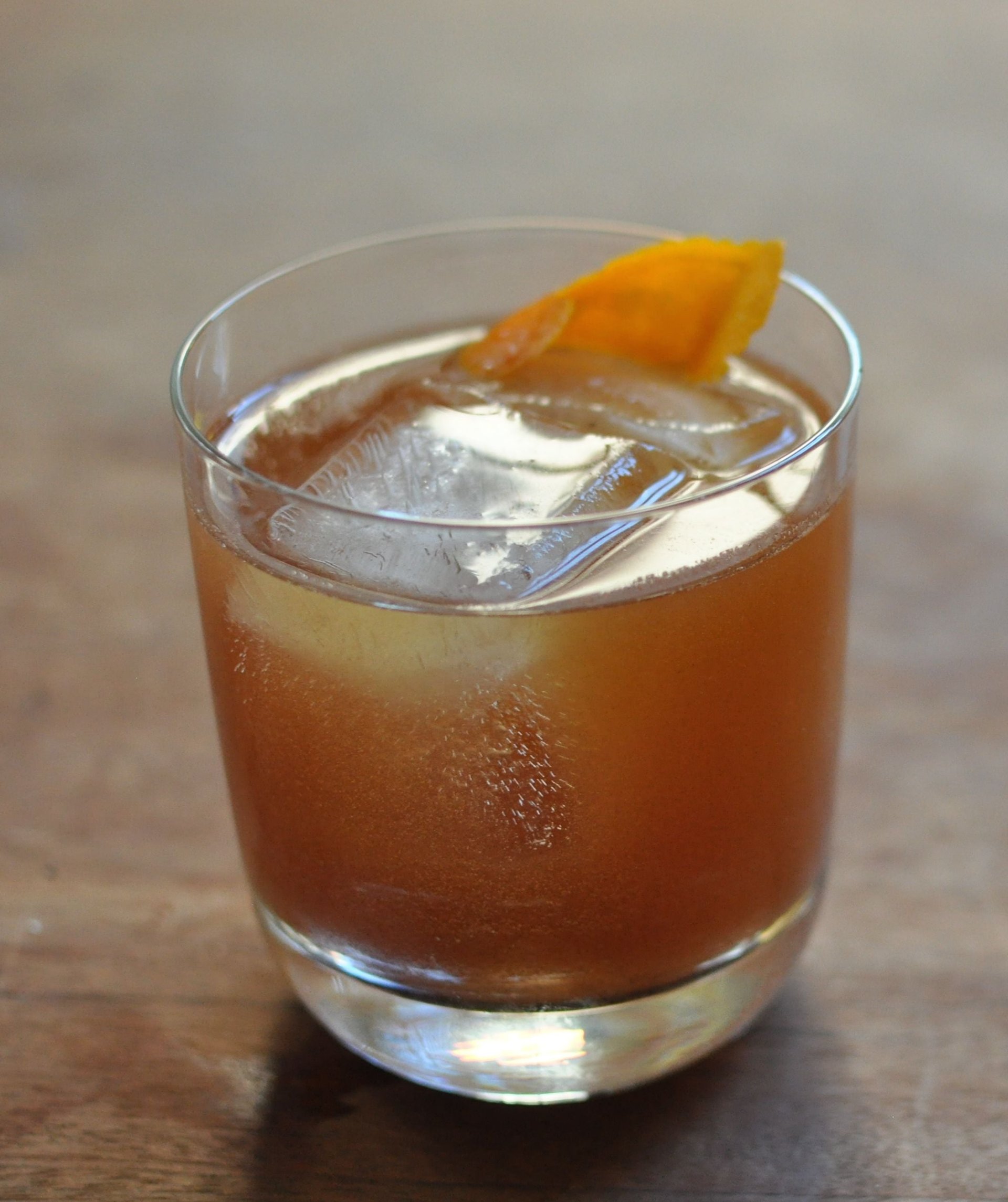
Correction (May 15): A previous version of this post said theobromine dilates nerves. It has been shown to dilate blood vessels. (May 17): The ounces-to-grams conversion in the cold brew cacao recipe was corrected.